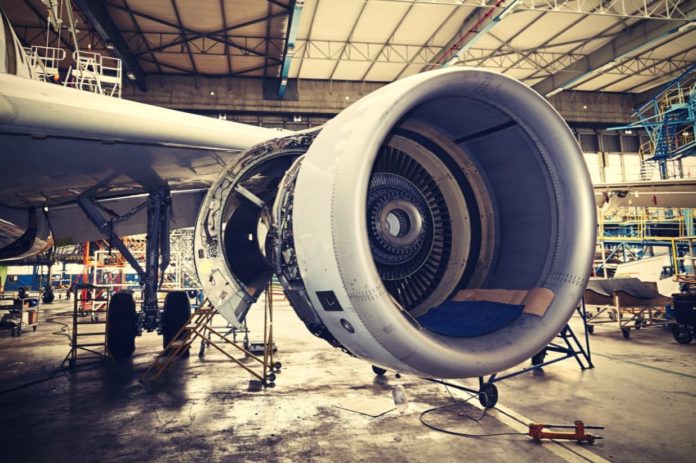
Aerospace manufacturing is flying high in Canada thanks to competitive corporate taxes, deep and transformative investments in research and innovation, a talented yet cost-effective labour force, a worldwide reputation as an industry leader, and proven and expanding global markets.
Canada is ranked third globally in civil aircraft production, with 700 aerospace companies generating almost $30 billion in direct revenues in 2015, employing 73,000 direct workers and supporting a total of 211,000 jobs.
A 2014 report by KPMG found Canada offers aircraft parts manufacturers the lowest business cost structure (including labour, industrial facilities, and utilities) and the second-lowest business tax burden among G7 countries. Canada’s cost advantage is only enhanced by a strong U.S. dollar.
Close to 20 per cent of GDP activity in the aerospace industry goes to R&D, representing about $1.9 billion in 2015, a 60 per cent increase since 2004. That makes aerospace five times more R&D intensive than the overall manufacturing average in Canada.
Canadian companies have specialized strength and expertise in building aircraft engines, commercial and business aircraft, helicopters, avionics, aerostructures, landing
gear systems, and advanced composites. As well, the country’s sector is a leader in flight simulation and pilot training, maintenance, repair and overhaul, and product development and cold climate testing.
Global leaders in the sector have found a home in Canada.
An estimated 80 per cent of production is exported and aerospace trade diversity (share of exports to non-U.S. markets) is twice that of the overall manufacturing average. Exports grew by an astounding 54 per cent between 2010 and 2015, with the Asia-Pacific market leading the boom.
Canada has duty-free access to the United States and Mexico and will soon have preferential access to European Union markets under the Canada-European Union Comprehensive Economic and Trade Agreement, which will open billions in trade potential.
Canada has a range of programs designed to increase investment in aerospace manufacturing. It is the first G20 nation to offer a tariff -free zone for manufacturing inputs that allows investors to import machinery and equipment without import duties.
In addition, the federal government provides a range of programs offering financing and market access support to aerospace companies in Canada. They include:
- the Consortium for Aerospace Research and Innovation in Canada is an industry-led research network that provides financing for smaller, early-stage projects;
- the Technology Demonstration Program supports large-scale, next generation projects in the aerospace, Defence, space and security sectors that have significant potential for long term economic benefits to Canada;
- the Strategic Aerospace and Defence Initiative is a $1-billion program to encourage companies to develop new products to boost competitiveness;
- Canada’s Economic Action Plan 2015 created a national supplier development program to improve the performance and competitiveness of aerospace firms;
- the Canadian Scientific Research and Experimental Development tax incentive program provides claimants cash refunds and/or tax credits for their expenditures on eligible R&D work done in Canada.
Impressive multi-modal transportation infrastructure and proximity to supply chain partners and export markets in the U.S., round out the long list of benefits to building aircraft and parts in Canada.















